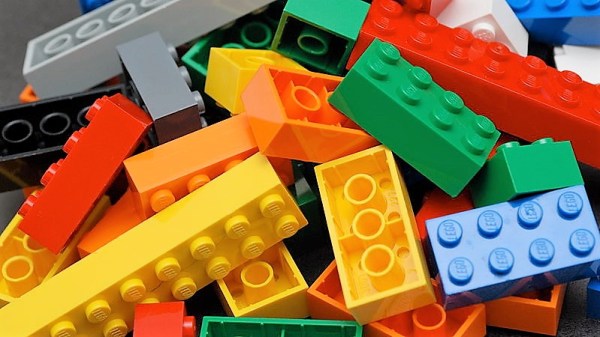Plastic has been a revolutionary material over the past century, with an uncountable number of uses and an incredibly low price to boot. Unfortunately, this low cost has led to its use in many places where other materials might be better suited, and when this huge amount of material breaks down in the environment it can be incredibly persistent and harmful. This has led to many attempts to recycle it, and one of the more promising efforts recently came out of a lab at Northwestern University.
Plastics exist as polymers, long chains of monomers that have been joined together chemically. The holy grail of plastic recycling would be to convert the polymers back to monomers and then use them to re-make the plastics from scratch. This method uses a catalyst to break down polyethylene terephthalate (PET), one of the more common plastics. Once broken down, the PET is exposed to moist air which converts it into its constituent monomers which can then be used to make more PET for other uses.
Of course, the other thing that any “holy grail” of plastic recycling needs is to actually be cheaper and easier than making new plastic from crude oil, and since this method is still confined to the lab it remains to be seen if it will one day achieve this milestone as well. In the meantime, PET can also be recycled fairly easily by anyone who happens to have a 3D printer around.












